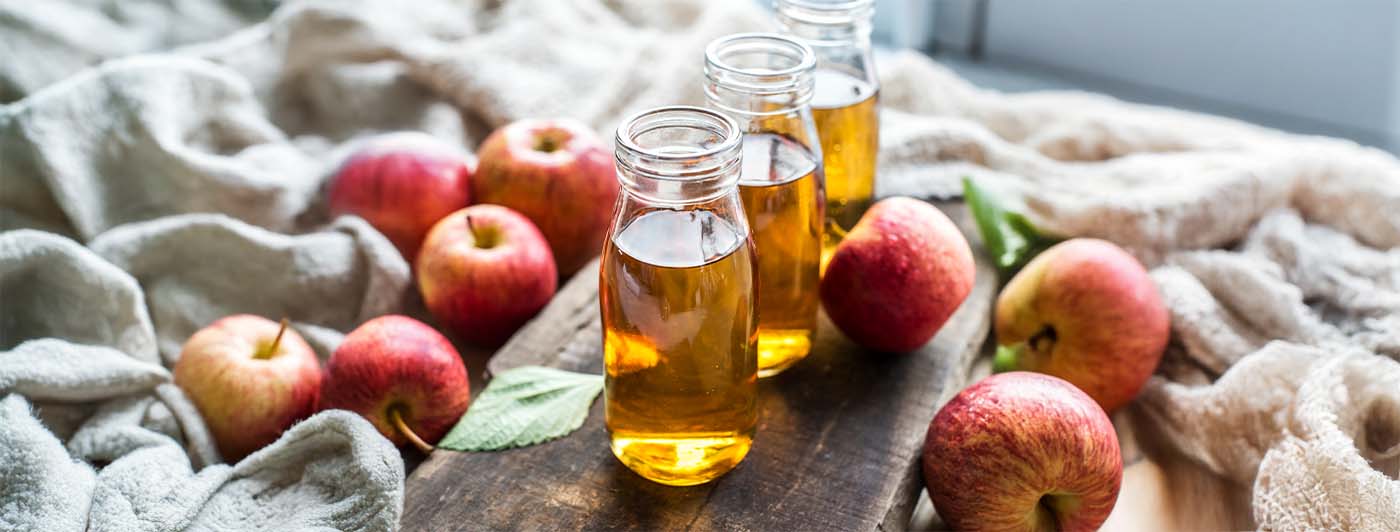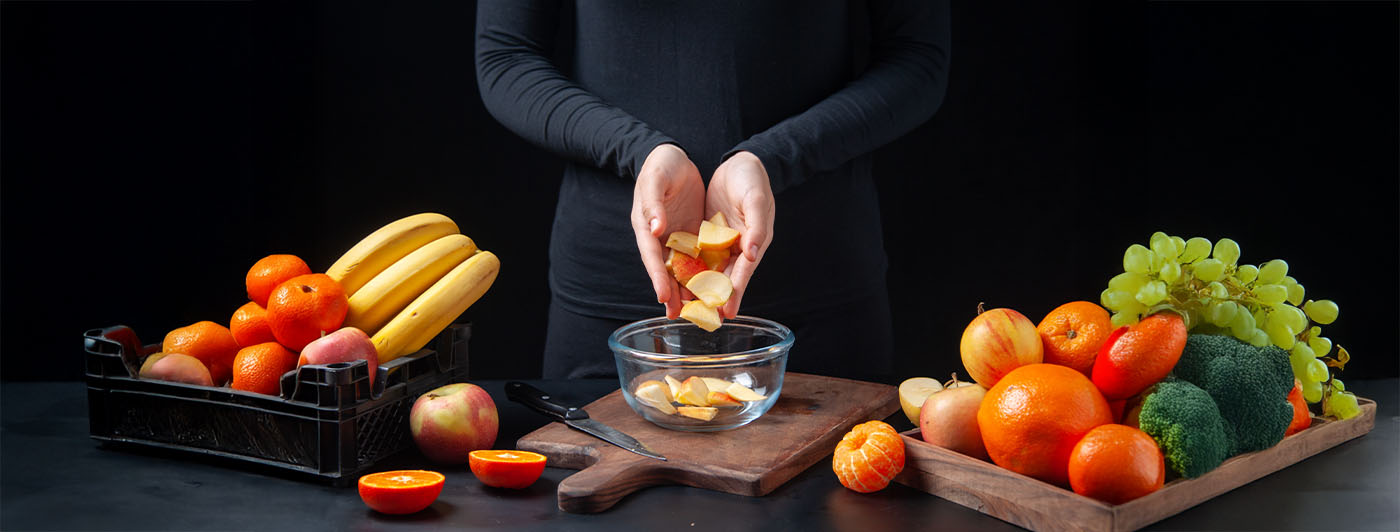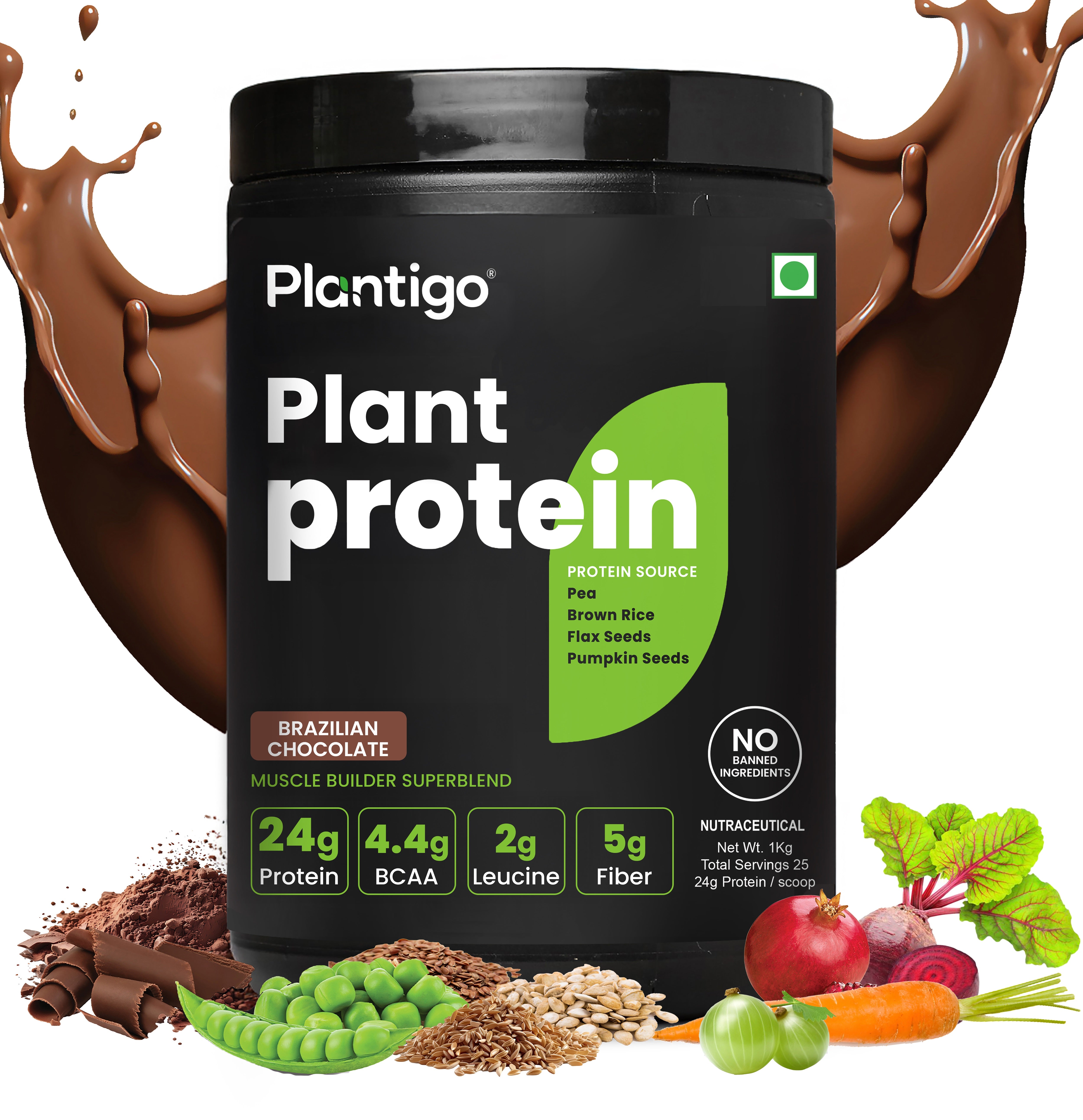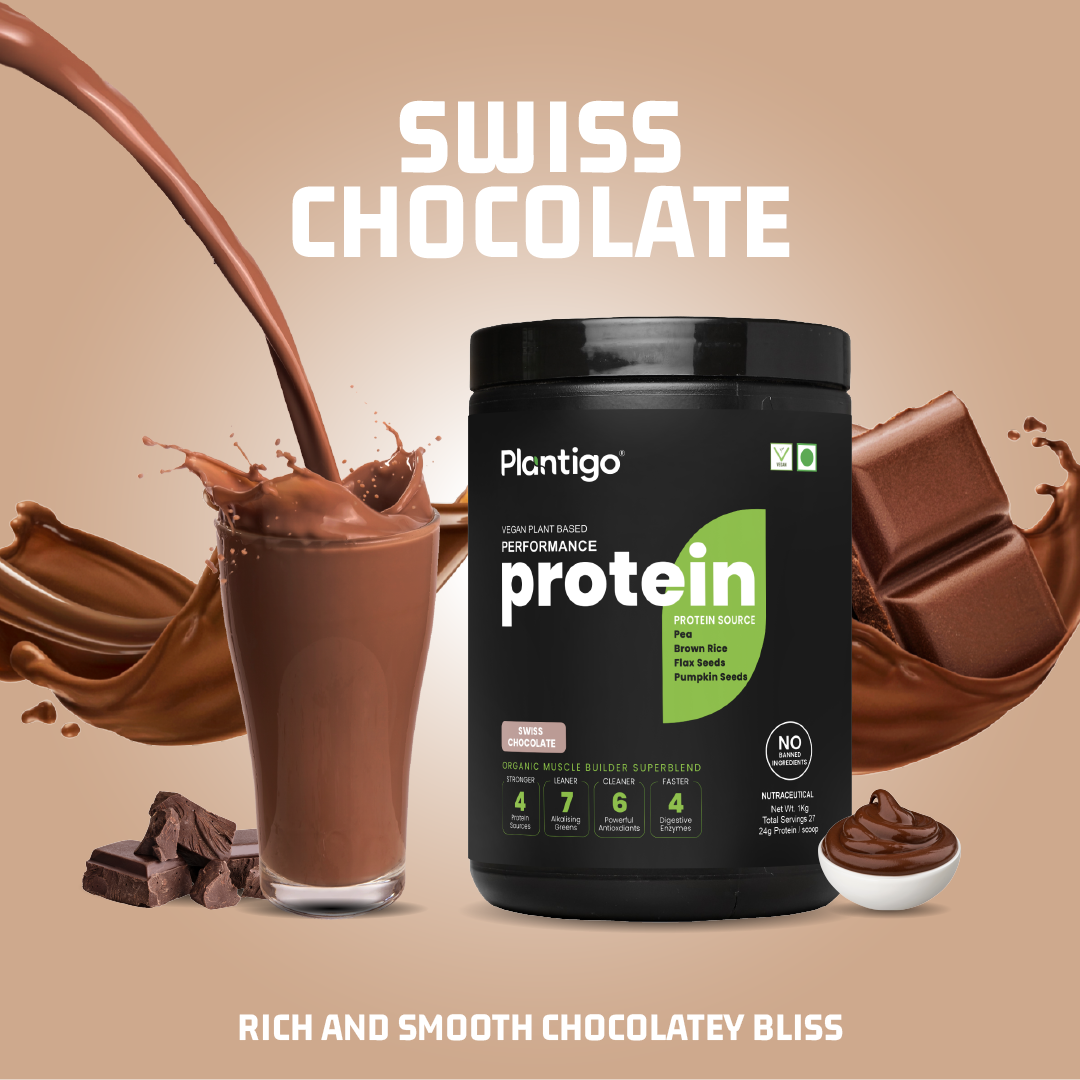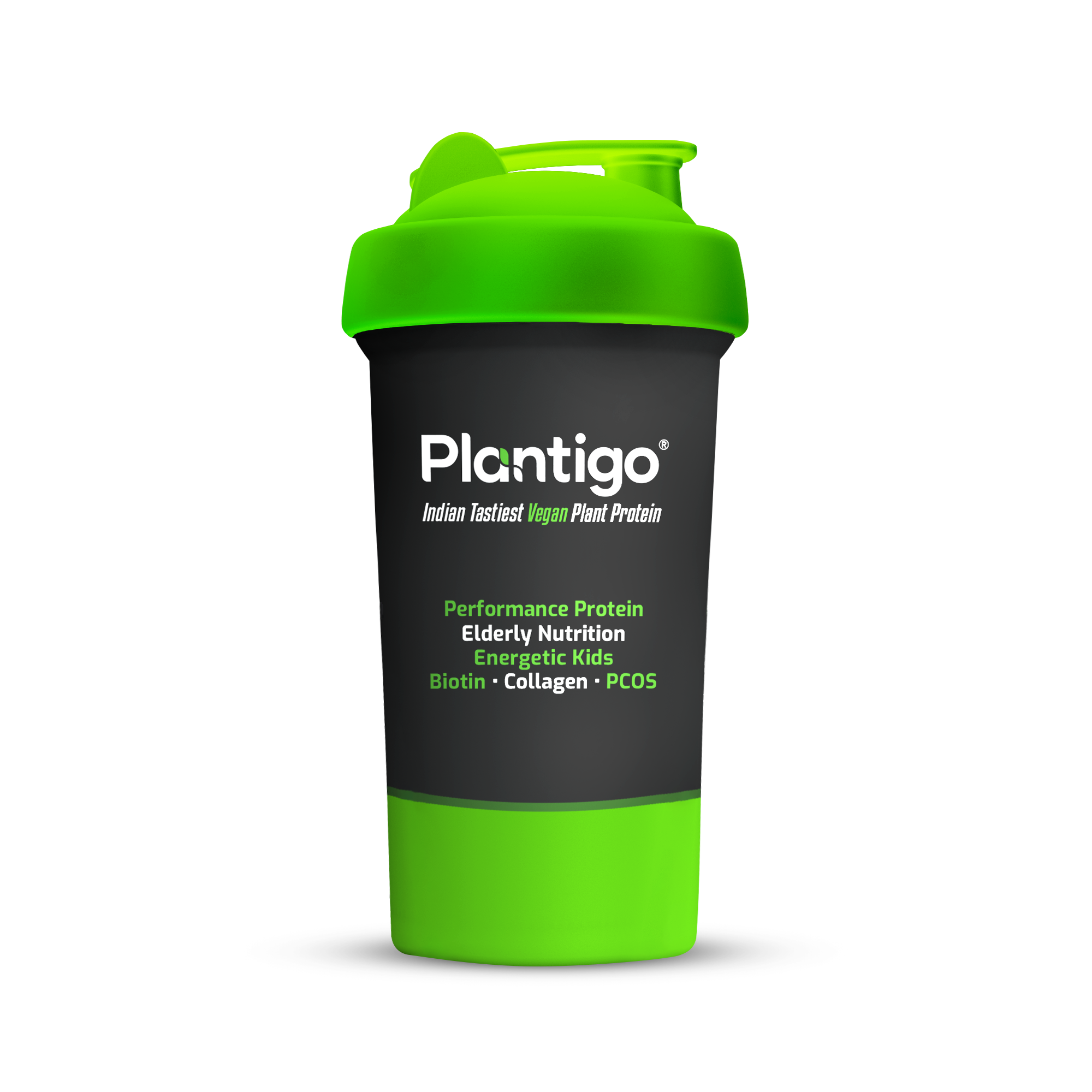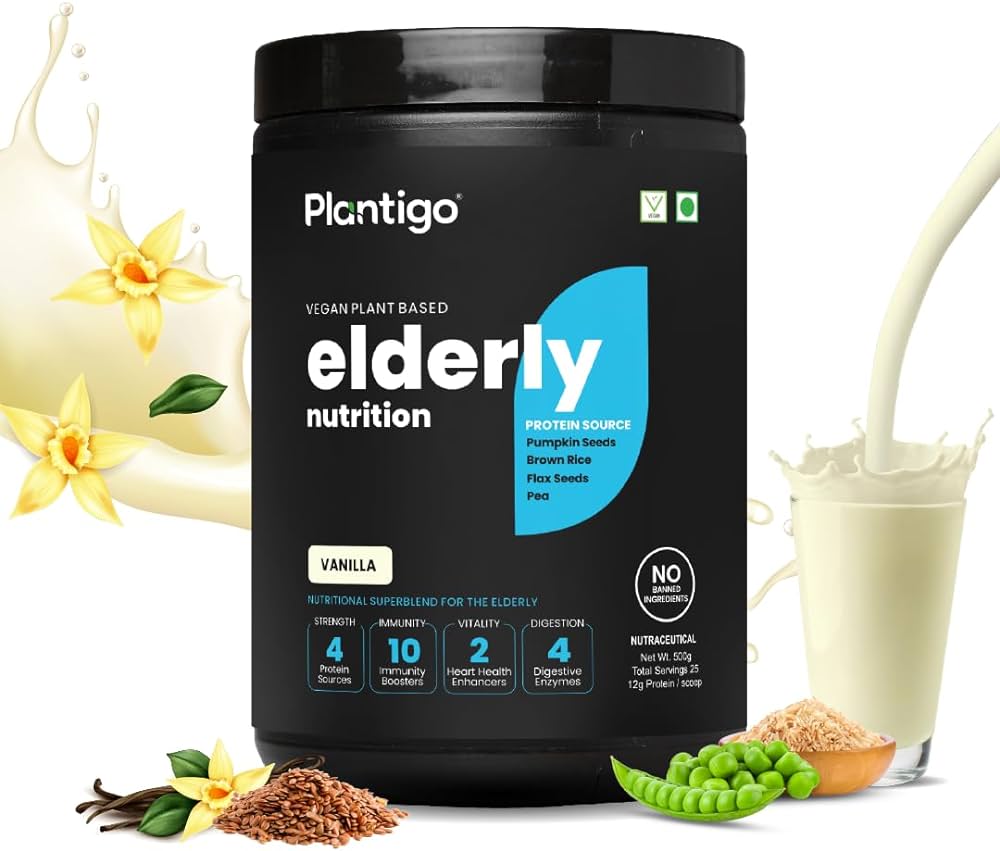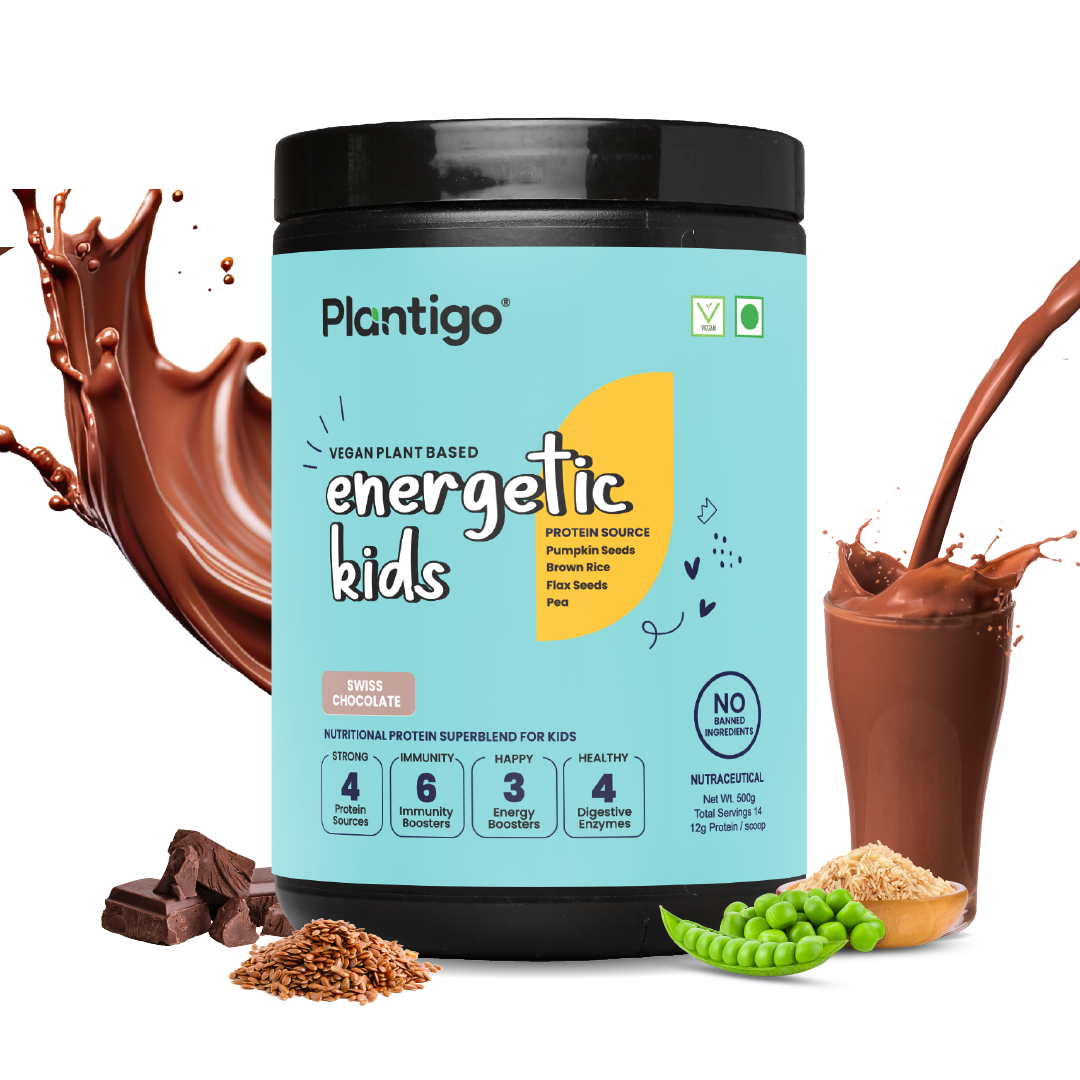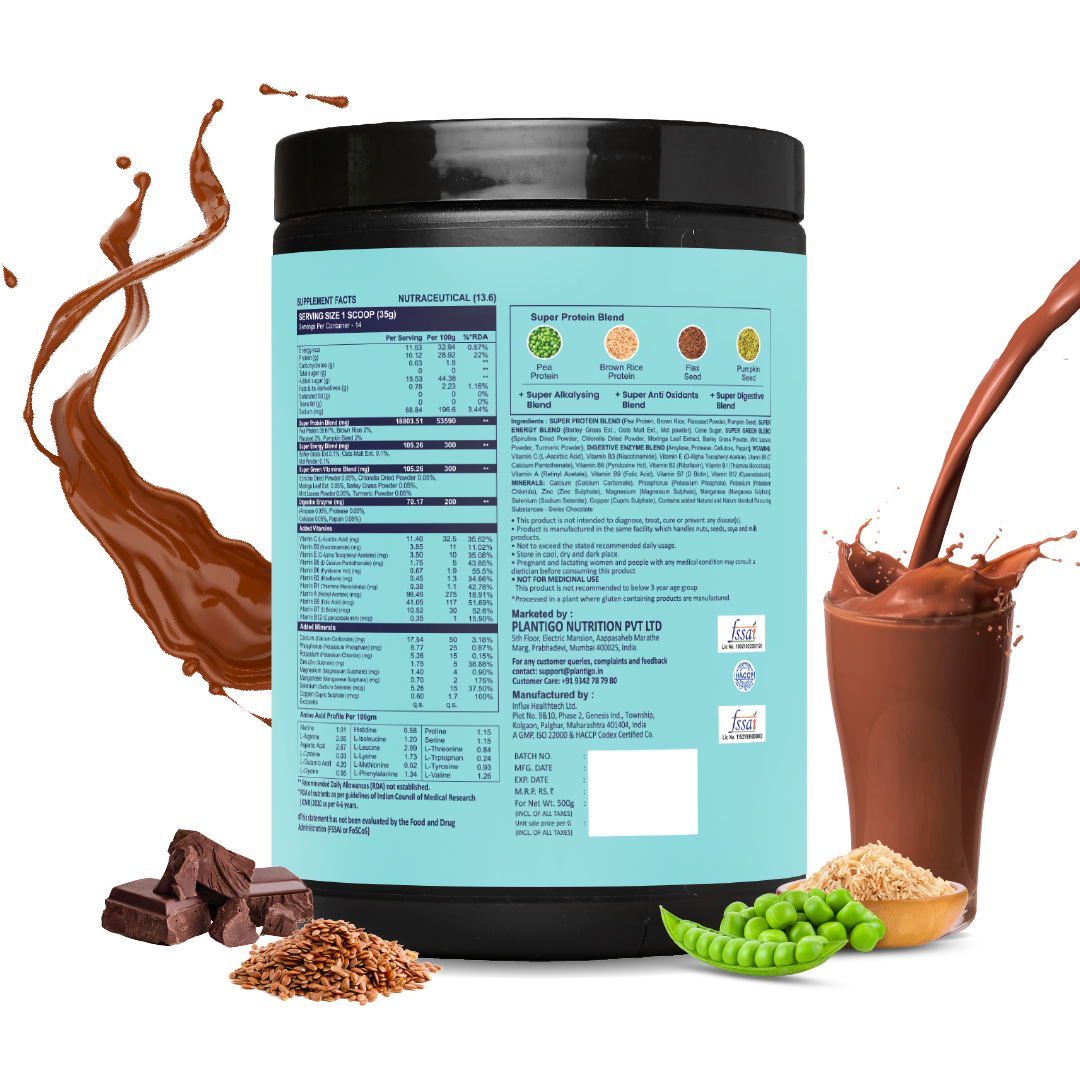Tired of buying expensive skincare products that promise glowing skin but deliver breakouts, irritation, or nothing at all? Sometimes, the secret to radiant skin isn’t found in a serum—it’s sitting in your kitchen cabinet.
When it comes to natural skincare, few ingredients boast as many benefits as apple cider vinegar. From ancient folk remedies to trending TikTok hacks, ACV has earned its place as a skin-transforming powerhouse. But what exactly can it do for your complexion—and is it really worth the hype?
In this article, we unpack the top 7 apple cider vinegar uses for skin that are worth trying today. Whether you're aiming for fewer breakouts, smaller pores, or a more balanced glow, there's something here that suits your routine.
And remember: what you put on your skin matters—but what you put in your body matters just as much. Nourishing your skin with plant protein from sources like lentils, chickpeas, and quinoa helps build the foundation for strong, healthy skin from the inside out.
Ready to glow naturally? Let’s dive in.
Why Apple Cider Vinegar Works for Skin
Before jumping into the uses, it’s essential to understand why apple cider vinegar uses for skin are gaining so much attention. ACV contains:
-
Acetic acid with antimicrobial action – The primary active compound in ACV, acetic acid, is known for its ability to combat harmful bacteria and fungi on the skin. Studies have shown that apple cider vinegar can inhibit pathogens like Staphylococcus aureus, E. coli, and Candida albicans, making it useful for acne-prone and inflamed skin.
-
Alpha hydroxy acids (AHAs) – ACV contains natural AHAs such as malic acid, which gently exfoliate dead skin cells, improve cell turnover, and help fade pigmentation.
-
Natural enzymes – Found especially in raw, unfiltered ACV, these enzymes may support skin renewal by encouraging detoxification and reducing oxidative stress.
-
Skin pH balancing – Our skin naturally leans slightly acidic, and ACV can help restore this balance, strengthening the skin barrier and making it less prone to breakouts and irritation.

When used correctly, ACV can be a powerful tool in your skincare routine. Let’s explore how.
1. Apple Cider Vinegar Toner
Among the most effective apple cider vinegar uses for skin is using it as a toner. It helps tighten pores, balance pH levels, and reduce excess oil—especially for those with acne-prone or oily skin.
How to Use:
Mix 1 part ACV with 2 parts water. Apply with a cotton pad after cleansing. Use it once daily or a few times a week.
This toner is even more effective when paired with a diet rich in high fiber foods in India, such as whole grains and leafy greens, to promote internal detoxification and clearer skin.
2. Spot Treatment for Pimples
One of the most targeted apple cider vinegar uses for skin is as a spot treatment for pimples. Thanks to its antibacterial and anti-inflammatory properties, ACV can dry out acne-causing bacteria, calm redness, and reduce swelling—often overnight.
How to Use:
Apply a dab of diluted ACV (1:3 with water) on pimples using a cotton swab. Leave it for 10–15 minutes before rinsing.
People who have naturally oily skin may find this especially helpful, alongside lifestyle changes like managing hormone balance with progesterone rich foods such as seeds and legumes.
3. Natural Exfoliation with ACV
One of the most glow-boosting apple cider vinegar uses for skin is as a natural exfoliator. The AHAs (like malic acid) in ACV help dissolve dead skin cells, unclog pores, and reveal a smoother, brighter complexion underneath.
How to Use:
Mix a teaspoon of ACV with a tablespoon of honey or clay to make a DIY exfoliating mask. Apply for 5–10 minutes, then rinse with warm water.
This treatment pairs well with a wholesome breakfast that includes 50 gm oats protein, which supports skin health through B-vitamins and antioxidants.
4. Apple Cider Vinegar for Sunburn
Too much sun? One of the lesser-known apple cider vinegar uses for skin is its ability to soothe sunburn by restoring the skin’s pH and reducing inflammation.
How to Use:
Add 1 cup of ACV to a cool bath and soak for 20 minutes. Follow with a gentle moisturizer.
Also include nutrient-dense snacks like dry fruits for weight loss (e.g., almonds, pistachios, and walnuts) that are rich in vitamin E and help the skin heal from within.
5. Detox Bath with ACV
Among the more relaxing apple cider vinegar uses for skin is the classic detox bath. If you’re feeling sluggish and your skin looks dull or inflamed, soaking in an ACV bath can help draw out toxins, reduce inflammation, and refresh your skin barrier.
How to Use:
Add 2 cups of ACV and a handful of Epsom salts to a warm bath. Soak for 30 minutes. This draws out toxins and refreshes the skin barrier.
Detoxing externally works best when supported by internal nutrition too. Track your macronutrients using a protein intake calculator to ensure your body gets what it needs for skin repair and regeneration.
6. Lighten Dark Spots and Hyperpigmentation
One of the best apple cider vinegar uses for skin is as a gentle skin-lightening agent for dark spots and post-acne marks. The acetic acid helps fade pigmentation over time.
How to Use:
Use diluted ACV (1:3) with a cotton pad on dark spots. Let it sit for a few minutes before rinsing. Do this 2–3 times a week.
Pairing this routine with a diet rich in high protein Indian food like paneer, lentils, and moong dal provides amino acids essential for collagen production and skin turnover.
7. Fight Fungal Infections and Body Odor
The antimicrobial and antifungal properties of ACV make it ideal for foot soaks and underarm rinses.
How to Use:
Mix 1 part ACV with 3 parts water and use it as a rinse on affected areas or pour into a foot soak. Repeat regularly for best results.
What you eat also matters. Kala chana protein is high in zinc and antioxidants, which boost your immune system and skin defense mechanisms.
Bonus: Inner Wellness Reflects on Skin
Your skin isn’t just a canvas for skincare—it reflects your nutrition, hydration, and overall wellness. While apple cider vinegar uses for skin work externally, your diet plays an equally crucial role in achieving that radiant glow.
1. Eat Your Way to a Glow
Incorporate plant protein sources like chickpeas, lentils, and quinoa to support skin structure and elasticity. These foods are rich in amino acids necessary for collagen formation and cell regeneration.
To protect your skin from oxidative stress, add citrus fruits and bell peppers—two of the best source of vitamin C —to your daily meals. This helps brighten the skin and fight signs of aging.
2. Blend, Sip, and Nourish
Start your mornings with smoothies that include plant based protein powder. It aids in skin repair and provides the building blocks for a smoother, firmer complexion.
If you’re exploring dairy-free or allergen-free diets, pea protein powder is a fantastic alternative that supports skin and muscle health without any hormonal disruptions or bloating.
Final Thoughts
From acne relief to sunburn treatment, apple cider vinegar uses for skin are diverse, affordable, and rooted in natural science. Whether you apply it as a toner, soak in it during a detox bath, or treat dark spots, ACV can truly become a staple in your skincare routine—if used wisely.
But remember, skincare isn’t just what you apply—it’s what you consume. The glow begins from within: through a clean diet, balanced hormones, proper hydration, and daily plant protein intake that supports collagen production and skin renewal.
That’s where clean, gut-friendly options like Plantigo’s plant protein come in. Whether blended into your morning smoothie or mixed into overnight oats, it gives your skin the building blocks it needs—naturally and effectively.
Ready to glow naturally—inside and out?
Start with these top 7 apple cider vinegar uses for skin, fuel your body with clean nutrition, and feel the difference in your skin in just a few weeks.
Frequently Asked Questions
1. Can I apply apple cider vinegar directly to my face?
No, it's best not to apply undiluted apple cider vinegar directly to your face. Always dilute it with water (typically 1 part ACV to 2–3 parts water) to avoid irritation or burns, especially on sensitive skin.
2. How often should I use apple cider vinegar on my skin?
You can use diluted apple cider vinegar 2–3 times a week, depending on your skin type and tolerance. Overuse may disrupt your skin barrier, so start slow and monitor your skin’s response.
3. Is apple cider vinegar good for acne-prone skin?
Yes, one of the most popular apple cider vinegar uses for skin is treating acne. Its acetic acid helps kill acne-causing bacteria and reduce inflammation—but always patch test first.
4. Can ACV help fade dark spots and pigmentation?
ACV contains natural AHAs like malic acid that may help lighten dark spots and hyperpigmentation over time. Consistency is key, and results can take a few weeks to appear.
5. Should I use raw or filtered apple cider vinegar for skin?
Raw, unfiltered ACV with the “mother” is preferred for skincare. It contains beneficial enzymes and compounds that support exfoliation, detoxification, and pH balance.

